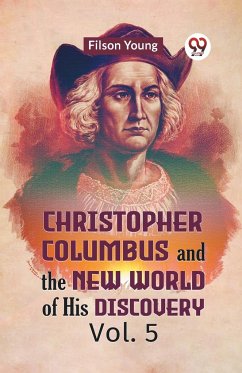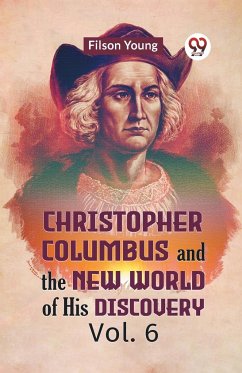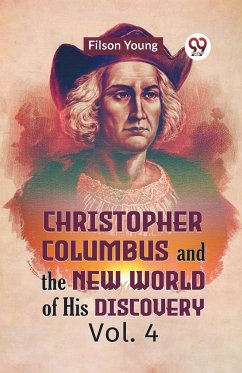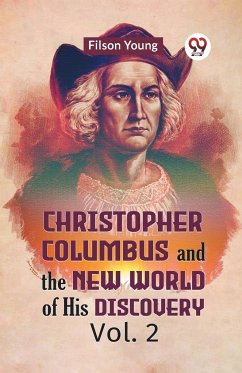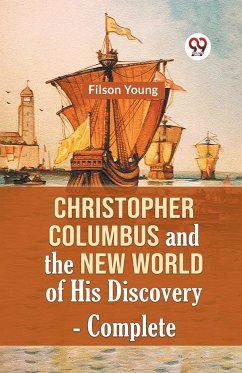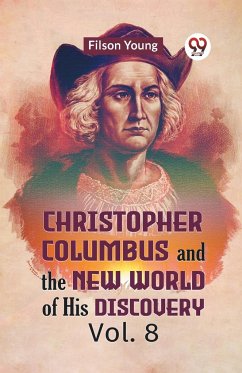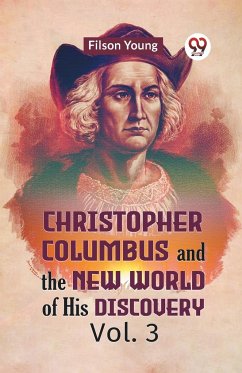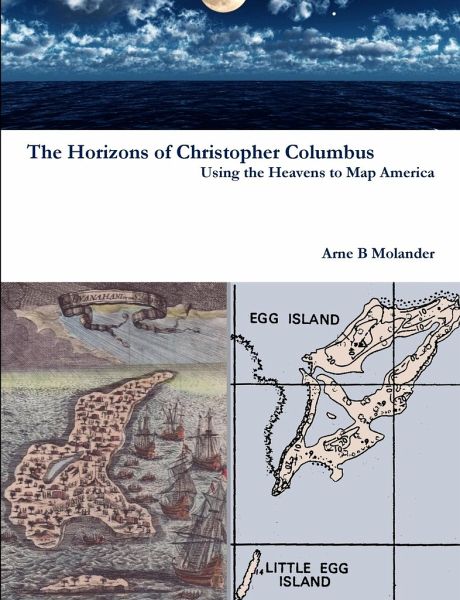
The Horizons of Christopher Columbus
Using the Heavens to Map America
Versandkostenfrei!
Versandfertig in 1-2 Wochen
19,99 €
inkl. MwSt.

PAYBACK Punkte
10 °P sammeln!
The horizons were of fundamental importance to Columbus. The western horizon was the focus of his lifelong quest for undiscovered territory. He used the stars grazing his northern horizon as his guides for sailing constant latitudes, and the lunar-planetary conjunctions (LPCs) at his eastern and western horizons to measure his longitudes. Most 15th Century oceanic sailors knew how to sail constant latitudes guided by the stars, but few, other than Columbus, knew how to use the heavens to measure longitude. His innovative navigation method measured longitudes by comparing measurements of LPCs a...
The horizons were of fundamental importance to Columbus. The western horizon was the focus of his lifelong quest for undiscovered territory. He used the stars grazing his northern horizon as his guides for sailing constant latitudes, and the lunar-planetary conjunctions (LPCs) at his eastern and western horizons to measure his longitudes. Most 15th Century oceanic sailors knew how to sail constant latitudes guided by the stars, but few, other than Columbus, knew how to use the heavens to measure longitude. His innovative navigation method measured longitudes by comparing measurements of LPCs at his eastern and western horizons using celestial data tabulated in his Ephemerides. Major findings include: Columbus used celestial events, he served on a 1477 voyage to Nova Scotia, comprehensive evidence reveals his 1492 landfall was at Egg Island, Amerigo Vespucci beat Ponce de Leon to Florida by a dozen years, and Columbus may have facilitated a deliberate sinking of the Santa Maria.





